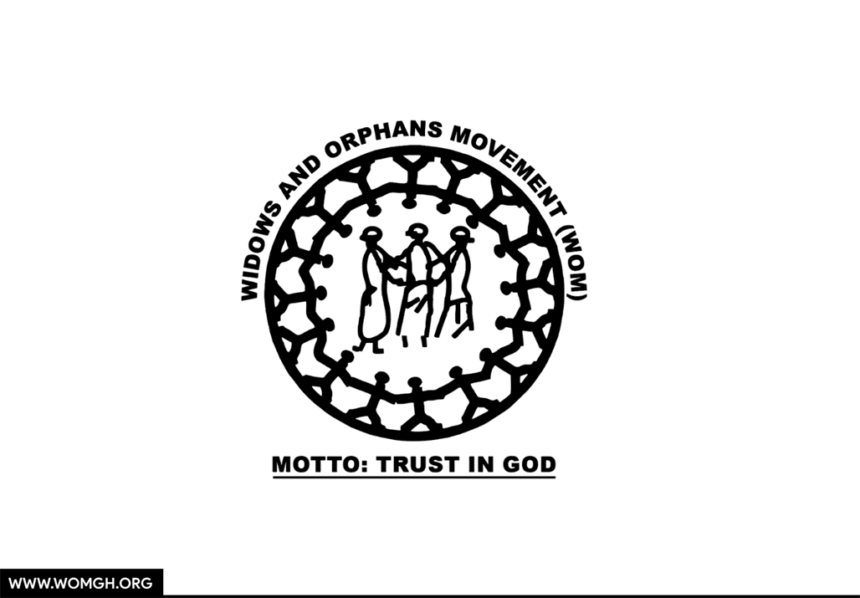Deepening widows and orphans’ knowledge of their rights and strengthening their capacity to demand these rights was a central part of WOM’s work. This work was made possible via partnerships with Action Aid Ghana (AAG), OXFAM in Ghana, WILDAF Ghana, Plan International Ghana, the Network for Women’s Rights in Ghana (NETRIGHT)
To advance our work that seeks to end Sexual and Gender Based Violence (SGBV), WOM-OXFAM in Ghana and WiLDAF Ghana commenced a four (4) year project titled “Enough! Empowering women, girls’ boys and men to take positive action in ending SGBV in Ghana, Liberiai and Mali”. This project is funded by the European Union. WOM worked with male and female traditional and religious leaders, men, boys, girls and women in the Bongo and Nabdam Districts to champion against SGBV.
The WOM-NETRIGHT partnership with funding support from the African Women Development Fund (AWDF) facilitated processes that increased the learning among District Assembly staff and Department of Agriculture staff on effective strategies to roll out the Gender and Agricultural Strategy Two (GADS II). Our work also supported 10 women in the Bawku West District sign tenancy agreements with land owners to access agricultural lands for comparatively longer periods (5 to 10 years), thus, improving security of access to land.
WOM-AAG worked to strengthen the widows’ group in the Talensi and Nabdam Districts. Forty percent (40%) of the groups were trained in group dynamics. The rest of the planned interventions for 2020 were put on hold. The fund was used to purchase and supply community members with food items and PPES.
Lastly, during 2020, the number of sponsored children totalled 888 children (456 boys and 432 girls) across 21 communities in the Talensi and Nabdam Districts.

An estimated number of 10,000 people were equally reached through radio and public address systems across five (5) districts.


